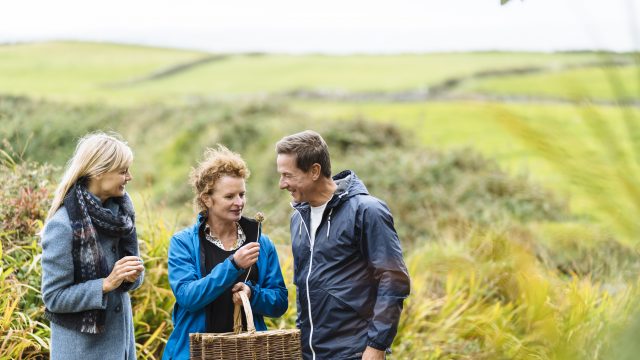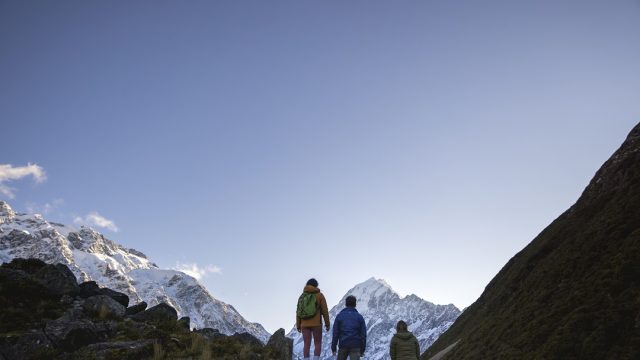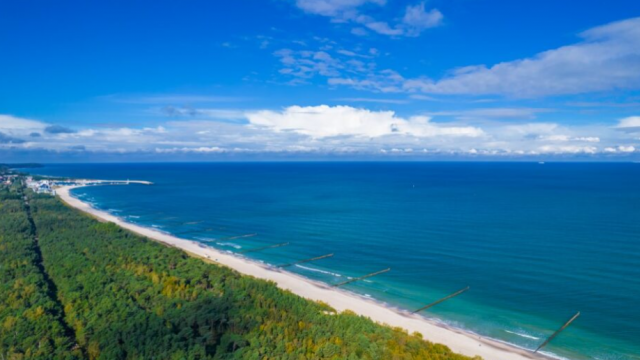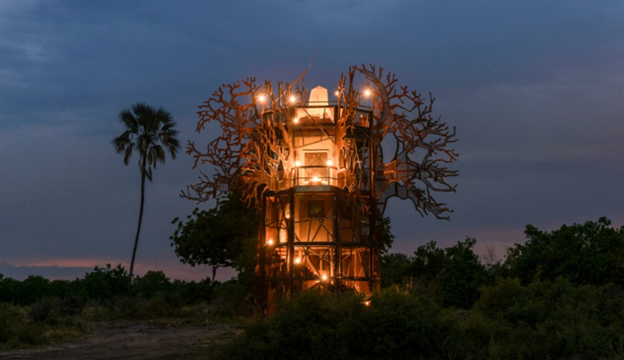
The Stories Behind our National Monuments
Published on June 17, 2024
The Stories Behind our National Monuments By Tauck What’s the difference between America’s national parks and national monuments? Storied sites all, both share tales of treasured sights in public lands protected for the enjoyment of generations of visitors. Designated by a legislative act of Congress, our national parks are areas of natural beauty, federally conserved […]
Keep reading
Adventure Travel Awaits: 5 Steps to Prepare Like a Pro
Published on June 3, 2024
Adventure Travel Awaits: 5 Steps to Prepare Like a Pro By Kathleen A. De Riso, VP, Travel Services, Crum & Forster Sand surfing in the Sahara. Sleeping under the northern lights. Rock climbing in Yosemite. Today’s travelers seek one-of-a-kind experiences as they explore the world. Thanks to millennials and Gen Z, adventure tourism is surging […]
Keep reading
10 Amazing Lion Facts
Published on May 7, 2024
10 Amazing Lion Facts By: Lion World Travel Nothing represents the essence of Africa more than the symbol of the lion. Lions are one of Africa’s most recognizable animals in the wilderness. Lions signify courage, strength, and power. Spending up to 20 hours a day sleeping or resting, they are the laziest of the big […]
Keep reading
Old Dogs, New Tricks: Bringing Regenerative Practices to Legacy Tour Operators
Published on April 22, 2024
Old Dogs, New Tricks: Bringing Regenerative Practices to Legacy Tour Operators By Melissa DaSilva, President of TTC Tour Brands, North America – Trafalgar, Contiki, Brendan Vacations, Costsaver, Insight Vacations and Luxury Gold For more than 100 years, The Travel Corporation has been taking travelers off the beaten path and into the destinations we serve. In […]
Keep reading
Places In New Zealand That Don’t Feel Real
Published on March 28, 2024
Places In New Zealand That Don’t Feel Real By Katie Manly, Swain Destinations New Zealand is for adventure seekers of all levels. Its Māori culture is renowned for being welcoming and wise. The adventure on offer ranges from mild to high octane. Its landscapes have become immortalized thanks to the many films it has set […]
Keep reading
Poland’s Sustainable Tourism: A Green Path to Discovery
Published on March 20, 2024
Poland’s Sustainable Tourism: A Green Path to Discovery By: Polish Tourism Organization Poland, a country rich in history, culture, and natural beauty, is carving a path towards sustainable tourism, setting an example for how to balance the influx of tourists with the preservation of its environment and heritage. This commitment to green travel practices is […]
Keep reading
THE BIG FIVE SAFARI MYTHS
Published on February 26, 2024
THE BIG FIVE SAFARI MYTHS By: Team of African Travel Inc. Embarking on an African safari is a dream for many travelers, but there are common misconceptions that can overshadow the true essence of this magnificent continent. African safaris are captivating, memorable, and meaningful. One thing they’re not: predictable. Travelers can witness the Great Migration in […]
Keep reading
Unexpected Holiday Dishes Around the World – with recipes
Published on December 11, 2023
Unexpected Holiday Dishes Around the World – with recipes By: Gina Bang, Director of Marketing, Avanti Destinations One of the best-loved parts of any holiday is the special food we celebrate with, both savory and sweet. Here, we present 12 holiday specialties – with links to recipes – from countries as diverse as Morocco, Japan, […]
Keep reading
Floating Down the Path to Zero Waste
Published on November 30, 2023
Floating Down the Path to Zero Waste By: Uniworld Boutique River Cruises Some travelers start to worry when they see their favorite brands start developing “greener practices.” Maybe they suspect greenwashing, maybe an excuse to cut costs… or maybe they care deeply about sustainability, but don’t want to make sacrifices with their hard-earned vacations. Not […]
Keep reading
Meet Australia’s First Nations in Three Amazing Stops
Published on November 22, 2023
Meet Australia’s First Nations in Three Amazing Stops By: Christian Baines Australia is a land of superlatives. Besides the world’s biggest island, it’s also home to the world’s oldest living culture. Around 500 Aboriginal nations are spread across all six of Australia’s states and two territories today. With distinct languages, traditions, legends, and methods of […]
Keep reading
